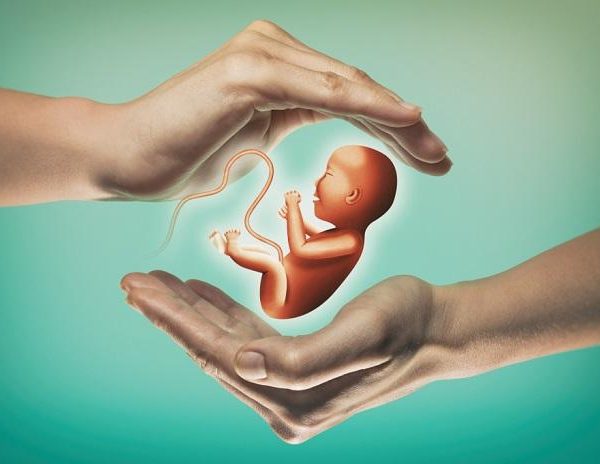EGG DONOR SERVICE
Cost effective way of completing your family

Egg donation is a very cost effective way of completing your family when your major problem is poor egg quality. This is especially true for older women; women with poor ovarian reserve; and those who have failed multiple IVF cycles because of a poor ovarian response or poor embryo quality.
While it’s hard for some women to accept the fact that using donor eggs means your child will not have a direct genetic tie with you, many women are very happy with this option because:
AWARDS & ACCOLADES
YEARS OF EXPERIENCE
BABIES DELIVERED
HAPPY FAMILIES
So What's the process?
Everything you need to know, in detail
I only need the results of the following simple medical tests before starting a donor egg IVF cycle.
- Semen analysis for your husband (to check his sperm count and motility).
- Blood tests for you for the following reproductive hormones – PRL ( prolactin) and TSH (thyroid stimulating hormone) . Do this from a reliable lab like SRL ( www.srl.in)
- A vaginal ultrasound scan on Day 10 or 11 which should check for the following:
-
-
-
- ovarian volume
- antral follicle count
- uterus morphology
- endometrial thickness and texture
-
-
Please send me the detailed test results and medical reports . You can scan them in as a single Word file and email them to me. If the tests have been done in the past one year, there is no need to repeat them. If there is a problem, then we can treat it prior to starting IVF!
Once we have confirmed that donor egg IVF is your best option, you then need to decide when you want to start your treatment.
Frozen (Vitrified Eggs)
We now routinely use only frozen eggs for our donor egg IVF program ! A major limitation of donor egg IVF in the past was that we were able to use only fresh eggs. This meant that we had to synchronise your cycle with that of the donor – a process which could take 2-3 months. Now, with frozen eggs, we do not need to do so, which means we can do a donor egg IVF cycle whenever you are ready ! The only disadvantage is that you are not likely to have supernumerary embryos to freeze when you use frozen donor eggs. However, the advantage is that you do not need to wait – and the success rates are as good with fresh eggs.
IVF labs have been routinely freezing sperm and embryos for many years. However, freezing eggs has always been a challenge. This is because the egg is the largest cell in the body and contains a large quantity of water. Using conventional slow freezing techniques meant that this intracellular water would often form ice crystals while the egg was frozen, resulting in the egg being damaged.
However, using a new technique called vitrification ( vitros = glass) or flash freezing, we can now reliably freeze eggs as well.

How does vitrification work ?
The principle is simple. This new method of cryopreservation allows ultra-rapid freezing. We put the eggs in very small droplets of vitrification solution in special straws, and plunge them directly in liquid nitrogen. This means the egg is cooled from 37 C to -196 C in a few seconds , so that the water does not get a chance to crystallize ! Vitrification uses a very high concentration of antifreeze solution (DMSO and ethylene glycol), allowing instant super-cooling into solid with no ice crystal formation at all.
Of course, it is not quite as simple as it might sound. Such high concentrations of antifreeze could be toxic to cells. This is why technical skill, experience and expertise is critically important !
Using this vitrification technique for freezing, we can reliably preserve eggs as well as embryos so that the pregnancy rate is as good as with fresh eggs.
